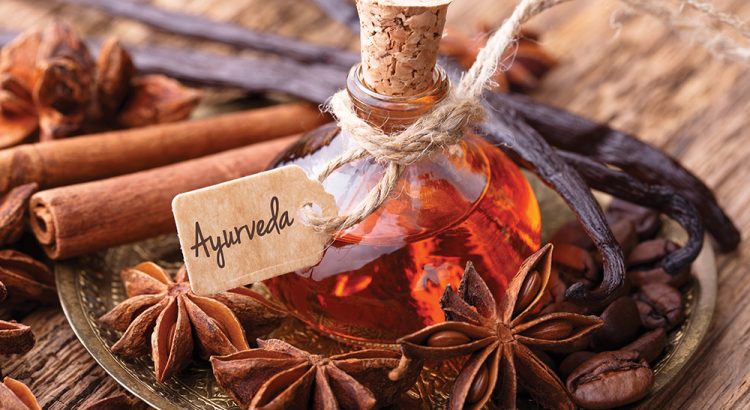The Ayurvedic style of treatment has become immensely popular throughout the entire world. Though it wasn’t very popular during the colonial era, Ayurveda took a surge in the 20th century and started to take the place of alternative medicines. Now, Ayurveda is one of the most trusted paths for treatment. Ayurveda is the science of medicine that was developed almost 5000 years ago in the Vedic times. The word ‘Ayurveda’ means Knowledge of Life where ‘Ayur’ means life and ‘Veda’ means knowledge. This science of medicine has been included in the Atharva Veda which is the last one of the four Vedas. Ayurveda follows a holistic approach to treating the body. According to Ayurveda, a condition can be cured only if there is a proper balance of the spirit, body, and mind. Diets, massages, herbal medicines, and exercises are the main factors of the Ayurvedic treatments. The massage and medicines will prove to be effective only if a strict diet and regular exercise regime are followed. Kerala is considered to be the birthplace of Ayurveda. There are various Ayurvedic treatment Centers in Kerala like Aura Ayurveda & Spa that provide traditional Ayurvedic treatments given by experienced practitioners. Travellers from far and wide come in search of these authentic Ayurvedic treatments. In this article, we will be explaining about the Abhyanga massage in Ayurveda.

ABHYANGA – The Unique Massaging Therapy in Ayurveda
Ayurveda’s massaging techniques have a great impact on our mind and the body’s immune system. The massage therapies of Ayurveda includes the application of some herbal oils along with a few sequences and ways of the therapists that is very much good for the individual. Ayurvedic massages help in relaxing the tissues by softening it. Ayurvedic Massage can be called Abhyanga where the word is constructed using two Sanskrit words; ‘Abhi’ which means towards and ‘anga’ meaning movement. Abhyanga is a sequential organised way of massaging that is done in the direction of the flow of the arterial blood. The practitioners practise it in the direction of the body hair so that blood flow towards those parts of the body away from the heart is also increased. If the massage is done opposite to the direction of the body hair, this might not be possible. Herbal Pastes, ghee, oil or herbal powder can be used to facilitate the massage. As per Ayurveda, ‘Abhyanga’ is part of the daily routine which is otherwise called as ‘dinacharya’. Such a treatment relieves you from stiffness, fatigue and extreme pain. Abhyanga is also a part of the famous Panchakarma treatment. The massage makes the body get set for the Panchakarma treatment. Abhyanga also helps in balancing the doshas, especially the ‘Vata’ dosha. But that is not all, Abhyanga can be used to pacify Kapha and Pitta as well by including means like herbal powders and ghee.

The exact procedures of Abhyanga are not mentioned in the books of Ayurveda. Most of the procedures in Ayurveda are well-kept secrets that have been handed down from generations to generations. The texts merely mention words like ‘Samvahan’, ‘Peedan’ and ‘Mardan’ which means light rubbing, pressing and pressure massage. That is why the difference between the modern-day massages and the Ayurvedic massages cannot be pointed out exactly. No conclusions can be made when the difference between the normal massages and Ayurvedic massages are asked.
Ayurveda is one amongst those treatments that have no side effects. And when followed in a proper fashion as mentioned by the practitioners, there is no better medicine that can cure your body of ailments and diseases.
